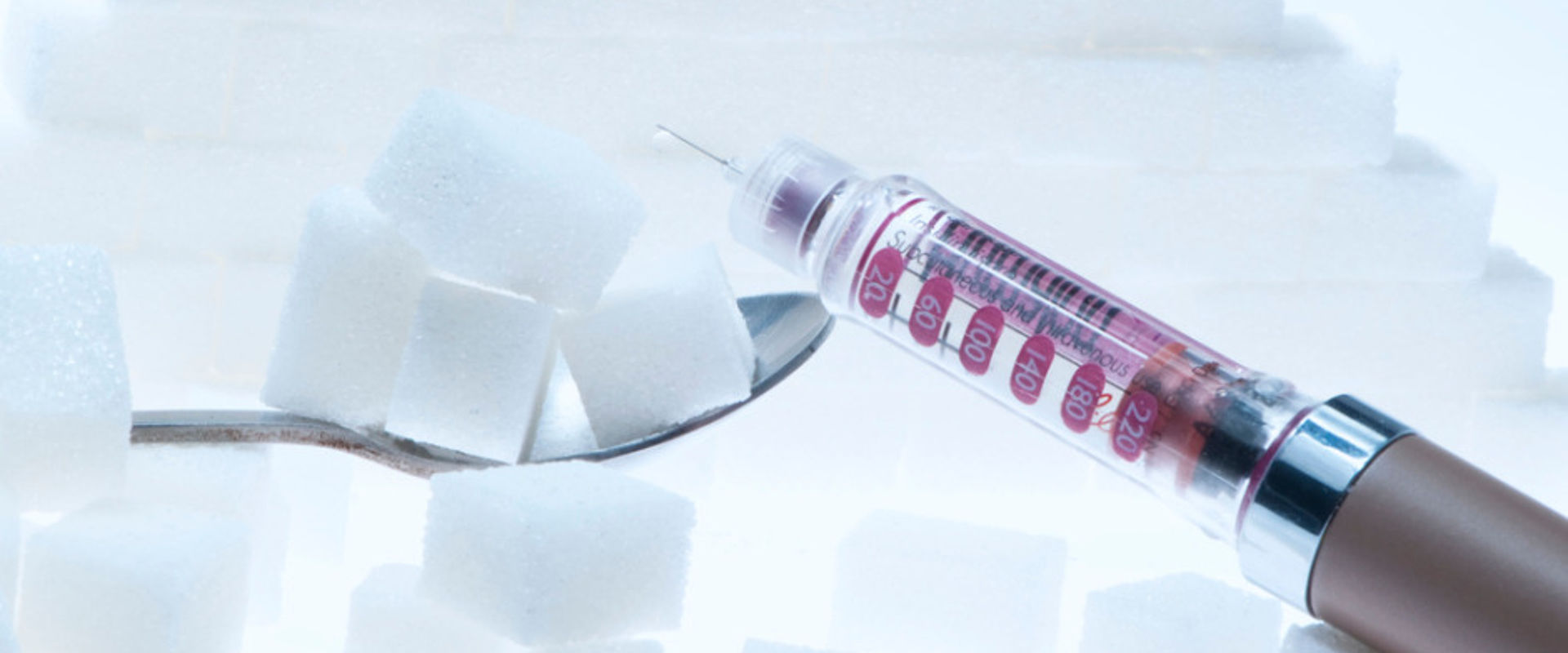
X-ray measurement smooths insulin flow
Challenge
In Europe, there are 60 million diabetics requiring insulin injections several times a day using single use needles. Making frequent injections is painful, but discomfort can be reduced by using smaller needles with internal dimensions close to the diameter of a human hair. Ensuring an even insulin flow through the needle relies on a smooth and uniform bore, which is not easily measureable with conventional measurement probes or optical techniques.
X-ray Computed Tomography (CT) is routinely used in medical imaging and also in industry for for detecting defects in cast components. This technique also has the potential to reveal the shape and smoothness of a needles internal walls, factors that are important in the delivery of drugs to patients undergoing therapies. Before CT can be reliably used to determine the characteristics of needle bores it needs improved links to other well defined measurement techniques to ensure measurement methods are aligned and factors effecting accuracy are fully quantified.
Solution
The EMRP project, Multi-sensor metrology for microparts in innovative industrial products, investigated the many complex factors that contribute and influence dimension measurements made using X-ray CT and developed improved links to existing measurement techniques that use probes or light and have robust links to SI units.
The project developed new industrial reference standards by making careful and repeated measurements of micro-components using various techniques to improve the accuracy of quality assurance assessments. Accurately determining the shape and smoothness of the bore of very fine tubes using X-ray CT was one type of ‘real world’ micropart that the project precisely characterised.
Impact
Global healthcare company NovoNordisk supplies nearly 30 million patients worldwide with single use insulin needles. As a direct result of this project, they now have a ‘gold standard’ reference needle providing improved links to the SI units for their in-house measurement methods, including X-ray CT used for research into new needle designs.
Implementation of improved CT scanning in prototyping new needles has reduced testing time and increased bore accuracy as a single measurement uncertainty calculation now covers all needles measured at the same time. This helps to identify the best designs for new needles more quickly and therefore accelerates new product development.
However, to utilise CT measurements for quality control of needles in mass production, the US Food and Drug Administration (FDA) requires that the method is validated. A follow-on EMPIR project is now underway to further increase the use of CT measurements for medical device quality assurance and therefore to support companies working within this field to fulfil the FDA requirements.
- Category
- EMRP,
- Industry,
